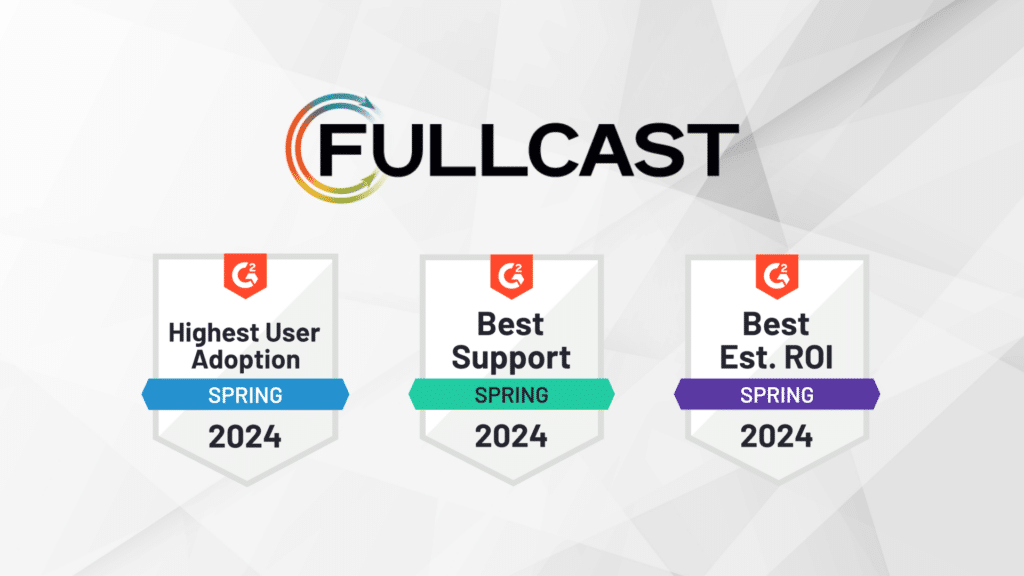Routing is about getting any object (such as a demo request, support ticket, chat request) to the right person at the right time. The overall goal is to provide an excellent customer experience and build trust with prospects and customers.
What is Lead Routing?
When most people think of routing they immediately think of lead routing. Responding quickly to new leads is essential because your relationship with the prospect is new and especially fragile. When someone fills out a demo form or chat request, a fast response indicates that your company is well-organized – the first signal that you can deliver on promises.
Although lead routing gets the most attention, it is also important to plan routing across the entire sales funnel. For example, routing opportunities to sales engineers, new customers to their onboarding resources, or cases to the right support rep can also set the stage for deals to close, renew, or expand. Without careful consideration of the entire end-to-end revenue process, it is all too common for transitions to go awry between Sales and Implementation or Onboarding, Account Management, Support, and other functions.
The Benefits of Lead Routing
One of the biggest mistakes that organizations make is not having a defined routing process. While small teams can get by with ad hoc routing, it will soon cause problems. Once you have more than one sales executive on your team, it is a good time to implement routing. Getting the right lead (or opportunity or case) to the right resource at the right time helps you to improve:
- Conversion rates. Get ‘em while they are hot certainly holds true in the sales world. Study after study has confirmed that the faster the follow-up, the higher the conversion rate.
- Customer experience. Nobody likes to wait for follow-up nor do they want to hear from two different sales reps. Internal confusion negatively affects the customer experience and leads to unproductive internal disputes.
- Campaign ROI. When Marketing investment in lead generation is high, good lead routing ensures that hard-earned leads don’t wither on the vine.
Create Your Routing Foundation
The first step to creating a routing process is to define a GTM plan, including corporate goals and an ideal customer profile (ICP). Organizations need answers to questions like: Are we looking to increase market share or retain customers? How do we define a good opportunity (e.g., companies located in certain regions, those with high revenues, or any other criteria)?
It is also important to consider how the Customer Support function fits into your GTM plan. Understand what customers expect from the service or product. Do you need to optimize for speed, context (e.g., a complicated implementation), or workload? Do customers pay more for a higher level of service or require more service for certain products?
How to Implement Lead Routing
Once you’ve created your GTM plan, you’re ready to define business processes that optimize for the customer experience. Here are some additional considerations for creating a business process map for lead routing that maximizes opportunities.
- Define what needs to be routed and when
You certainly want to quickly route handraisers like demo or chat requests, but how about contacts who have simply downloaded an ebook? Are those leads ready to hear from a sales rep? You may use the MQL qualification process to trigger routing or put other rules in place that ensure a great customer experience.
- Clean your data
It’s critical to have a method for maintaining data quality.You may decide to assign your leads by geo or industry or account potential, but your routing engine will fail if you don’t have clean data in those fields. For example, if you route by geo but that field is empty or incorrect, the lead may fall into a black hole or be routed to the wrong rep, causing follow-up delays. Determine the bare minimum data you need for your plan to be executable then focus on that. Also think through your Plan B if gaps occur. Answer questions like whether it is okay to route leads manually when data is unavailable.
- Get buy-In from all stakeholders
One of the most important steps in setting up a lead routing process is to get buy-in from all of the affected parties. Otherwise, the process is sure to fail because those who are not on board will be certain not to follow it. For example, if Marketing and Sales have not come to an agreement on what constitutes an MQL, implementing routing based on one party’s understanding will exacerbate disagreements.
- Automate everything
The point of routing is to ensure consistency and reliability, so if you are still routing objects manually, you are doing it wrong. As much as possible, automate everything according to your defined business process. Eliminating the human element ensures that your plan is executed correctly and routing is always accurate. Manual routing leads to inequity which can be the death knell for a sales organization. Automated routing prevents confusion, mistrust, and in the worst cases, a complete process breakdown.
- Stay tightly aligned with your GTM plan
Your GTM plan is always changing due to resource and strategy changes. When this happens there can often be a lag of days, weeks, or even months when routing is out of sync because routing rules need to be updated. To avoid this scenario, be sure to hard code your routing to teams or territories, not individuals. Although this can be difficult to implement in practice, lead routing software built into a GTM or territory management platform can help you keep execution aligned with strategy, and be able to do so seamlessly without spreadsheets or IT support.
- Create accountability
Developing and tracking service-level agreements (SLAs) in Sales and Marketing, often referred to as ‘speed-to-lead’, can be one of the most effective ways to improve your routing and the overall customer experience. You need to know how long it takes to follow-up on a lead, opportunity, or case. As more organizations become distributed or remote, this information is critical for understanding the weak links in your process and making improvements that enable you to meet or exceed your revenue goals.
- Keep it Simple
The best advice is to start simply. Don’t build a castle when you only need a straw hut. As you grow, your parameters may change, but in the beginning it may be completely sufficient to use a round-robin approach which tends to be fair, equitable, and easy to implement.
If you already have a routing process in place you are ahead of the game. To optimize your existing process, assess the quality, volume, and action taken on all of your routed objects. Are you meeting your SLAs and are any resources not meeting their goals? You may find that your routing is not balanced. Your San Francisco rep may be deluged with SaaS leads and unable to follow up promptly, while your Omaha rep sits twiddling her thumbs. This assessment will help you to identify opportunities to improve routing and the overall customer experience.
Also consider the complexity of your routing engine. If it is difficult to unwind what lead went where and why, it may be time to refactor. Homegrown routing engines can become complex quickly and result in conflicting rules.
Conclusion
Good routing across the end-to-end revenue engine can have a significant impact on your organization’s ability to create an amazing customer experience, and in turn, reach its revenue goals. It’s easy to get started by following a few key principles. You can’t go wrong by relentlessly focusing on the customer, starting small, and planning for change.










